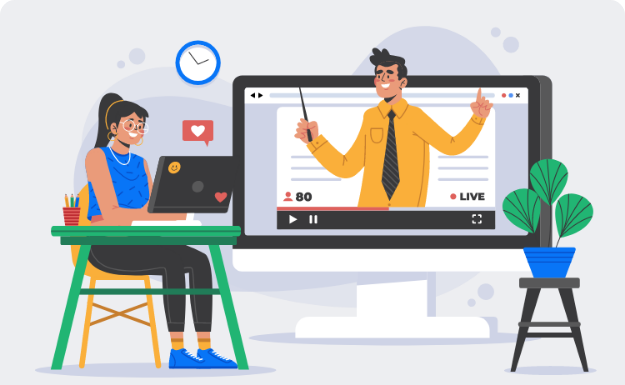Please switch to the Curriculum tab to see the lessons.
Get started now. Get access to all 10 courses and over 95 hours of premium videos.
Course Features
- Lectures 385
- Quizzes 0
- Duration Lifetime access
- Skill level All levels
- Language English
- Students 0
- Assessments Yes



